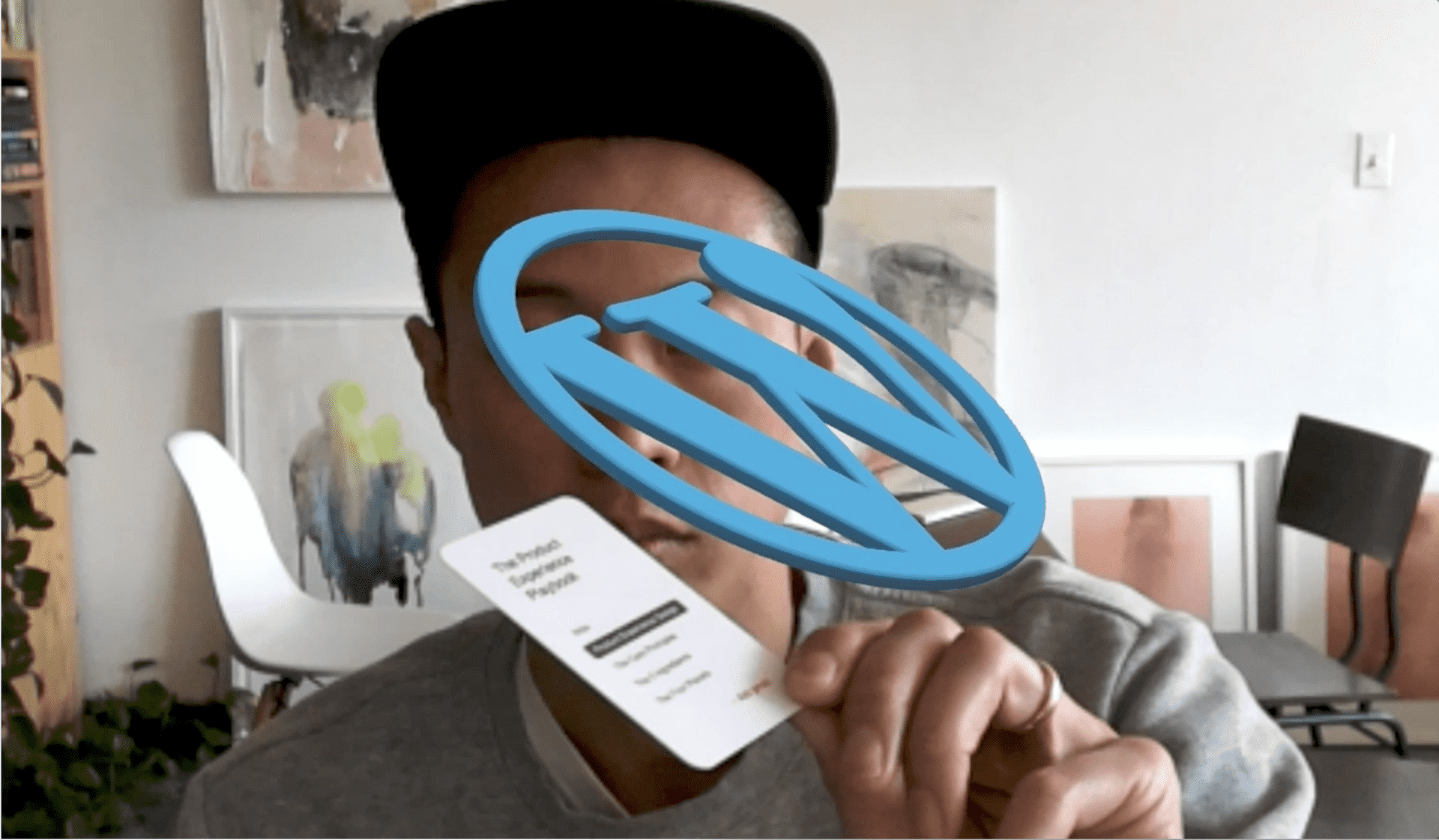Creative Technology Playbook
(A)
(B)
(C)
Visit the digital version of the playbook here.
Within Automattic Design, we have two communities of practice: creative technology and product experience. Every designer falls into one of these two communities. Having this distinction helps us to create balanced teams, as well as sharpen craft and develop mastery among our designers.
What is a creative technologist?
For our purposes, the basic distinction of a creative technologist is that they use code to express design intent. Their skills exist on a spectrum of classical design to development, skewing towards the latter. As a result, a creative technologist is often defined by the specific programming languages, frameworks, and software they know. This is no different than many jobs that are technical in nature.
However, defining a creative technologist solely on their tools breaks down quickly. Depending on the company and industry, from one job description to another you may encounter a vast range of tools for a candidate to have mastered. What does someone who knows React have in common with someone who knows Cinder and openFrameworks, both of which might be reasonable tools for a "creative technologist" to know? And more generally, what use is a title if it doesn’t provide some shared understanding of its responsibilities?
I don’t think we’ll ever escape having to name specific tools in a job description. But having spent a few months attempting to hire for this role at Automattic, I want to suggest that rather than defining creative technologists solely in terms of the tools they use, we begin to consider them in terms of the capabilities they possess.
What is a capability?
Capabilities are tool agnostic; they speak to the capacity, quality, and process of the work being done, rather than specific hard skills used — which are heavily context dependent. Here are three capabilities we use to identify and develop creative technologists:
Speed
Does your work accelerate the design process? Do you seek out opportunities to create tools that make collaboration more efficient, or intentionally introduce creative friction?
Experimentation
Do you try to demonstrate your ideas as a means of talking about them? Do you explore technologies and ideas that could change the way we collaborate or how the business operates?
Connection
Can you speak the language of design and engineering, moving fluidly between them? Does your work facilitate design and engineering to work together seamlessly?
These are some starting thoughts. For more context as to what creative technology means at Automattic, have a look at the "alpha" of our creative technology playbook.
Our hope is that this thinking leads to a more inclusive definition of creative technology, and that we can contribute to widening the circle of those who consider themselves technologists.
Let us know what you think!
